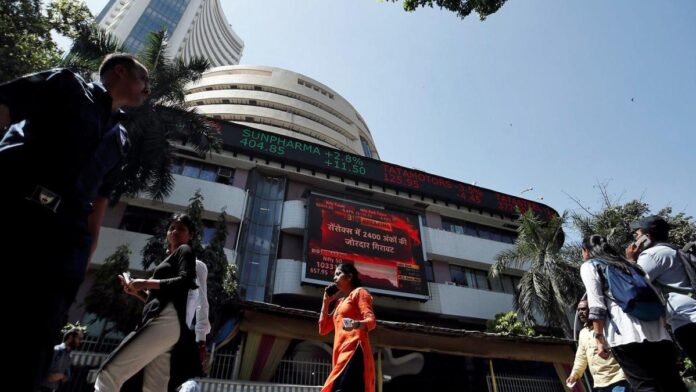By Vineet Sachdeva,
In today’s volatile market environment, where economic uncertainties and rapid shifts in investor sentiment have become the norm, protecting portfolio downside is more critical than ever. Here are four market strategies that investors should use to reduce drawdowns.
Dynamic asset allocation
In a dynamic allocation approach, the portfolio’s exposure is adjusted based on market volatility and risk signals. This might involve shifting a portion into cash or low-beta stocks when high-risk signals emerge, reducing equity exposure to control volatility. It provides a systematic way to manage market risk. The flip side of this approach is that investors may miss out on sudden market recoveries if re-entry is delayed. This approach requires reliable risk signals to avoid frequent whipsaws. Also, implementing it can increase complexity and costs due to frequent adjustments.
Market timing signals
Adding systematic timing elements—such as moving averages, trend-following indicators, or sentiment indicators—can help reduce exposure during prolonged downturns. For instance, exiting the market when prices fall below a moving average can avoid further declines. These strategies are effective in reducing drawdowns during extended bear markets. However, it is important to have robust signals as false signals in choppy markets may increase turnover and costs.
Cash buffer
Holding a portion of the portfolio in cash or cash equivalents, especially when risk signals indicate heightened market risk, can reduce drawdowns. A cash buffer also provides liquidity to buy into the market at lower prices. Cash holdings reduce potential returns, especially during extended bull markets but determining the timing and size of allocations can be challenging.
High-quality companies
High-quality companies generally have strong balance sheets, low debt levels, and high cash reserves, which make them better equipped to handle economic downturns. They operate in sectors with stable demand, such as consumer staples or healthcare, which can provide steady returns. During periods of market stress, investors often flock to quality companies as “safe havens”. However, quality stocks may not participate in sharp market recoveries compared to higher-beta or cyclical stocks. Quality stocks also tend to trade at premium valuations.
Investors can implement this using a multi-factor model that uses multiple combinations of factors to select a stock. For example, a stock can be shortlisted by size, followed by quality and value, and then overlaid with momentum). The value factor overlaid on quality companies can help in picking quality stocks at a reasonable discount.
» Read More


